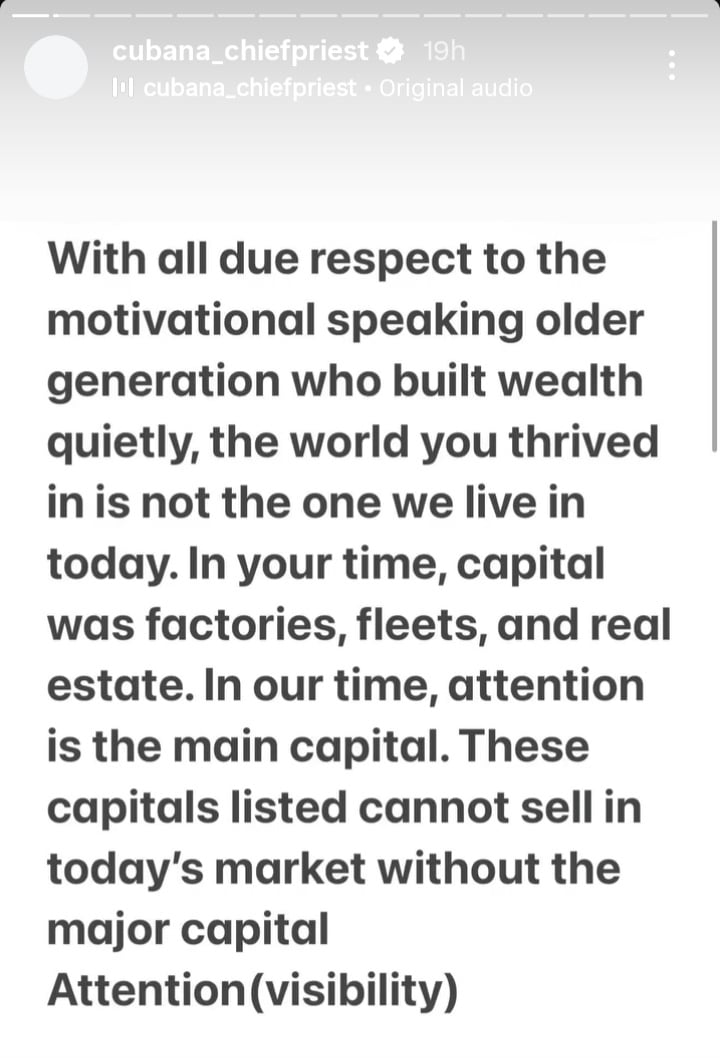Floods. Fires. Drought. Extreme heat. Massive storms. It’s impossible to read the news these days without seeing clear distress signals from a planetary climate system in growing disarray. The impacts of climate change are no longer some theoretical future harm. We’re living them today. And unless we take urgent action to end our reliance on fossil fuels, things will continue to get worse.
But there is a clear path forward. Our society must undertake a rapid transition away from fossil fuels to renewable energy. Many of the solutions we need to do so are already available to us, just waiting to be scaled up. The biggest obstacle has long been lack of political will. Turning the tide will require bringing more people from all walks of life into the climate movement. And a powerful tool for that is the concept of a just transition: building a carbon-free economy in a way that protects workers and communities in the process and builds a more just future for all.
UC Santa Cruz Assistant Professor of Environmental Studies J. Mijin Cha is a globally recognized expert in just transition, and her latest book “A Just Transition For All,” argues that the renewable energy transition must be more than a mere fuel source replacement. In order to fight inequality and avoid unintended consequences, the transition should follow a justice-focused policy framework that disrupts “business as usual” in our political and economic systems.
The UC Santa Cruz news team talked with Cha about the importance of just transition and how it can be achieved, even amidst today’s growing political challenges.
You often say that renewable energy must be a ‘just transition,’ rather than ‘just a transition.’ What is the difference, and why does it matter?
The energy transition is not the first industrial and economic transition and it won’t be the last. As economies and technologies evolve, we should expect to see transition. However, historically, we have largely been unable to support workers and communities through these transitions. We do a better job supporting firms, but by and large, workers and communities are left to weather these transitions on their own. The result is that transitions are often unjust. Deindustrialization, for example, left entire swaths of the United States without any transition assistance, and those communities continue to suffer today, as a painful example of this dynamic.
If we do not understand and mitigate the challenges of transition as we move from fossil fuels to renewables, we will have another unjust transition. But, given the scale and scope of fossil fuel use, the socio-economic consequences of this transition would be too great if not done right, and we cannot risk that. Just transition fundamentally is about ensuring this pattern of workers and communities bearing the brunt of transition ends.
What this could look like in practice is having a strong social safety net and programs to diversify regional economies, including building new educational infrastructure to prepare fossil fuel workers for new careers, seeding new businesses, and providing long-term economic support, to ensure that communities don’t lose jobs and revenues that they rely upon.
What are some examples of strategies you recommend as being essential to bringing about a just transition, and how did you arrive at these recommendations?
My book presents a governance framework called the “Four+ Pillars for a Just Transition.” The original Four Pillars were something I developed in partnership with Dr. Manuel Pastor at the University of Southern California. We were approached by a coalition of environmental justice groups who weren’t necessarily primarily focused on climate change but could see that there would be a need to transition away from fossil fuels and wanted to advocate for their communities, rather than be on the receiving end of someone else’s ideas.
By looking at past industrial transitions, undertaking original data analysis to understand where renewable energy jobs would be created in California and where fossil fuel jobs would be lost, and conducting semi-structured interviews with key stakeholders, I developed the Four Pillars framework on what is needed for a just transition. Those pillars are strong governmental support, dedicated funding streams, economic diversification, and strong and diverse coalitions. The first three address policy structure and governance considerations needed to help advance a just transition, and the fourth speaks to the need to build political power.
While writing the book, I realized that the Four Pillars were necessary, but not sufficient to ensure a just transition. They might make it so that the transition is less inequitable, but they did not guarantee the transformational policies that a just transition requires. So, I added the “plus” pillar of “non-reformist reforms,” which is a concept that comes from labor and abolition studies. Non-reformist reforms are reforms that operate within the existing system that build alternatives to the extractive, unjust system while also winding down the unjust system.
For instance, in the energy context, public ownership of fossil fuel resources for a managed decline is something that could be advanced within the existing systems and institutions while also ensuring a managed reduction in fossil fuel extraction. As long as fossil fuel extraction is profitable, there will never be an orderly, managed decline, if there is a decline, at all. So, by bringing it under public control, we remove the profit motive and then can do the planning necessary to protect workers and communities and diversify economies. An added benefit is that we would stop subsidizing the fossil fuel industry.
How can we continue to make progress toward these goals amidst current political headwinds?
I think we have to be clear-eyed about what is happening. The government in power in the United States is an authoritarian government. You cannot negotiate with authoritarians. You cannot appease them. While that is scary and extremely challenging, it also means now is the time for a bold, transformative vision. We cannot keep thinking that everything is fine and we just need more tax credits for renewable energy generation. No. We need something transformative.
This is the moment where the climate movement has to become a truly social justice movement, which means we move away from the overly technocratic, apolitical approach to climate that still dominates a lot of discussion. The fourth pillar—strong and diverse coalitions—speaks to this need. The only way to overcome fossil capital is through a mass multi-racial, multi-class movement. We need to be organizing broadly, across movements, and standing up to fascism.
It can start with organizing people on your block, in your class, anywhere. Organizing will build the political power we need to fight for a more just future. It won’t be easy, but we don’t really have a choice, if we want to have a habitable planet. The good news is that we get to create what we want a just transition to look like, and it will look a bit different in every region. This is an opportunity for communities and workers to shape their future, rather than being passive observers to their fate.
Citation:
Q&A: Expert discusses building a clean energy economy that benefits everyone (2025, August 15)
retrieved 16 August 2025
from
This document is subject to copyright. Apart from any fair dealing for the purpose of private study or research, no
part may be reproduced without the written permission. The content is provided for information purposes only.
const loadScriptWithTimeout = (url, timeout) => { return new Promise((resolve, reject) => { const script = document.createElement('script'); script.src = url; script.async = true;
script.onload = () => { clearTimeout(timer); resolve(); };
script.onerror = () => { clearTimeout(timer); reject(); };
const timer = setTimeout(() => { script.remove(); reject(); }, timeout);
document.body.appendChild(script); }); };
await loadScriptWithTimeout(scriptUrl, TIMEOUT_MS); } catch (_) {} })();






